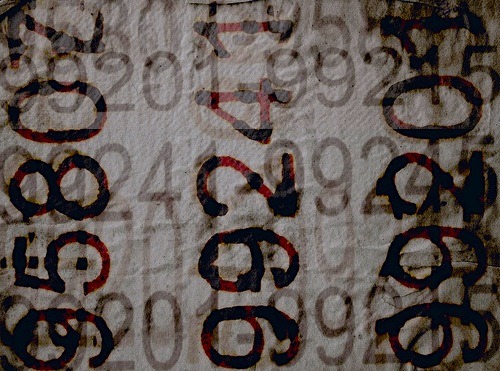Family businesses are great. You get to do what you love surrounded by the people…

More Than a Party Trick: Memorizing Large Numbers

Want to look like the Rainman at your next cocktail party?
When I was seven years old, my brother-in-law taught me a trick for memorizing large strings of numbers that I still use today. In an era of smart phones, memorizing numbers is a skill few of us practice anymore. But it has plenty of real applications–beyond impressing party-goers:
- How do you remember your friends’ phone numbers when your smart phone dies?
- How do you remember the specific revenue and profit goals of each business unit in your organization?
- How often are you asked your spouse’s or child’s Social Security Number and have to go hunting for it?
- Do you do a lot of direct mail and need to remember zip codes or area codes?
- Do you need to quickly analyze markets with purchased lists by memorizing SIC and NAICS codes?
- Are you like me and have dozens of different PINs, passwords or door entry codes you have to use?
- Does your company have a lot of difficult to remember IP addresses?
- Have you ever needed to enter your credit card online but left your wallet somewhere else?
- And of course, party tricks: the phone numbers of people you just met, dates in history, the order of Presidents of the USA, specific atomic numbers and PI to 20 digits.
You get the picture.
The trick is assigning letters to numbers and then using resulting words as handles for those numbers. It was refined by Stanislaus Mink von Wennsshein 300 years ago. Most people I know that use the system (often referred to as the Major System) have made their own tweaks to the letter and number match-ups, but the common system is as follows:
- 0 = s, z, soft c (“z” is the first letter of zero and the other letters have a similar sound)
- 1 = t, d (t & d have one downstroke and sound similar)
- 2 = n (n has two downstrokes and two fingers indicates n in American Sign Language)
- 3 = m (m has three downstrokes and looks like a “3” on its side and three fingers indicates m in American Sign Language)
- 4 = r (last letter of four, also 4 and R are almost mirror images of each other)
- 5 = l (L is the Roman Numeral for 50)
- 6 = sh, j, soft “ch”, dg, zh, soft “g” (a script j has a lower loop / g is almost a 6 rotated)
- 7 = k, hard c, hard g, hard “ch”, q, qu (capital K “contains” two sevens stacked on each other)
- 8 = f, v (script f resembles a figure-8 and V sounds similar)
- 9 = p, b (p is a mirror-image 9. b sounds similar and resembles a 9 rolled around)
- Wildcards = a, e, i, o, u, w,h,y (these are unassigned to a number and can be used anywhere without changing a word’s number value)
So let’s put this into practice so you can see how it’s done. Let’s say you’re at a big conference like Sage Summit or Microsoft Convergence and the hotel you’re staying in has six digit room numbers and they all look alike. Your hotel number is 844701. You could translate this number in the phrase, “Furry Ghost.”
- F= 8
- u=vowels are wildcards
- R=4
- R=4
- Y=wildcards
- G=7
- H=wildcard
- O=wildcard
- S=0
- T=1
Take it a step further. Most people tend to forget everything they ever learned about the nineteenth president of the United States, Rutherford B. Hayes. But you can remember that he was numero 19 by converting the number to “TaP” and picturing a bale of hay coming through a water tap to help you associate “Hayes,” with the number 19. Richard Nixon was 37, which you can translate into “aMoK” and I’ll let you form your own opinion on how to remember that one.
[divider]Photo credit: Pink Sherbet Photography



